
“Food is so important for us. Culturally, it represents family, celebration.”
I was talking about food with a native Italian woman, Carmela, who sat down next to me on my plane ride to Milan, Italy. She spoke only in Italian, having committed herself to the responsibility of warming up my rusty Italian – which I hadn’t used regularly in decades – before I reached my final destination of Parma.
Once I shared with her that I was traveling to meet with the chefs and executives of Academia Barilla to learn all I could about pasta, she lit up.
“Ah, yes! Of course!” She said, “ Some people celebrate with dance, others with song. We Italians celebrate with food. Food and family. It is who we are.”
She laughed as I explained to her how I saw Italy’s food in two colors: white for the Northern region, with its risotto, soups and olive oils, and red for the Southern region for its tomato sauces and pizzas.
I smiled as she went on and on about how each region in the country had its own food culture and how sad she felt for her sisters who lived in America, who were unable to experience it all in the same way they did growing up in Tuscany.
I would sometimes miss words that I couldn’t understand, but I never stopped her. She represented everything I love about Italy and its people. From the hand movements for added expression to the conviction in their beliefs and in their culture – which has always been so warm and welcoming towards me.
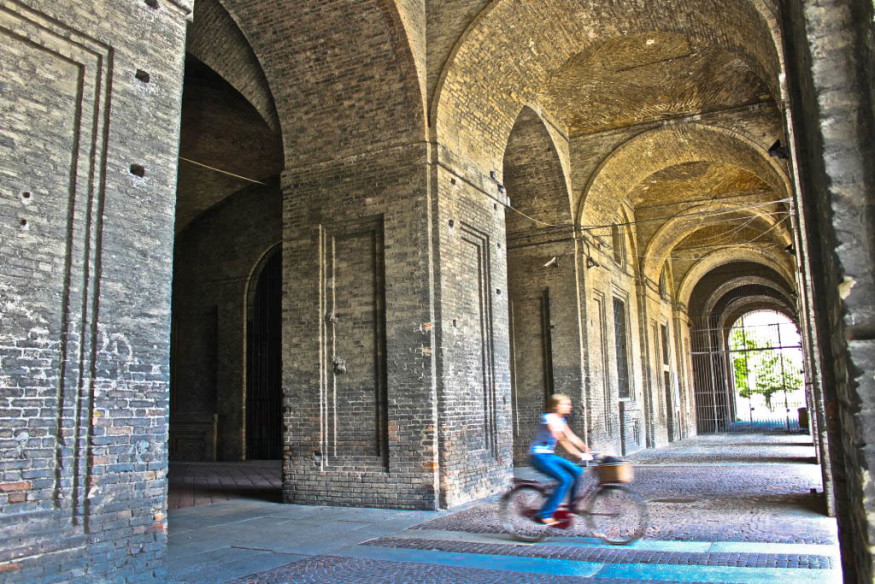
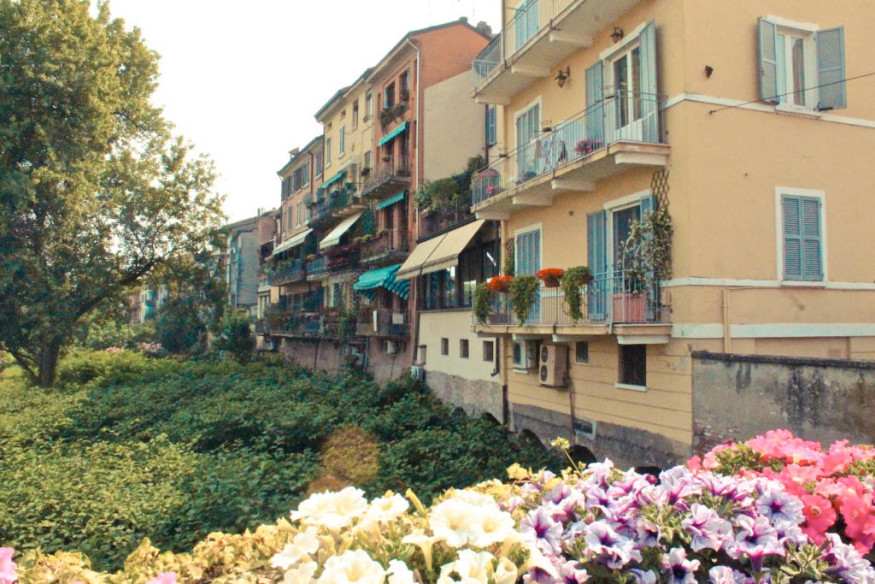
One of the things I heard a lot upon arriving to Parma was the message of “Food as Culture” which defined the week I spent there.
When stepping out into the city of Parma, this idea, this tradition of food as culture, is everywhere. A smaller town of about 400,000+ residents, Parma is enveloped in these beliefs. This is the home of Parmigiano Reggiano cheese and Prosciutto di Parma (Parma ham) and it is based on rich gastronomical traditions.
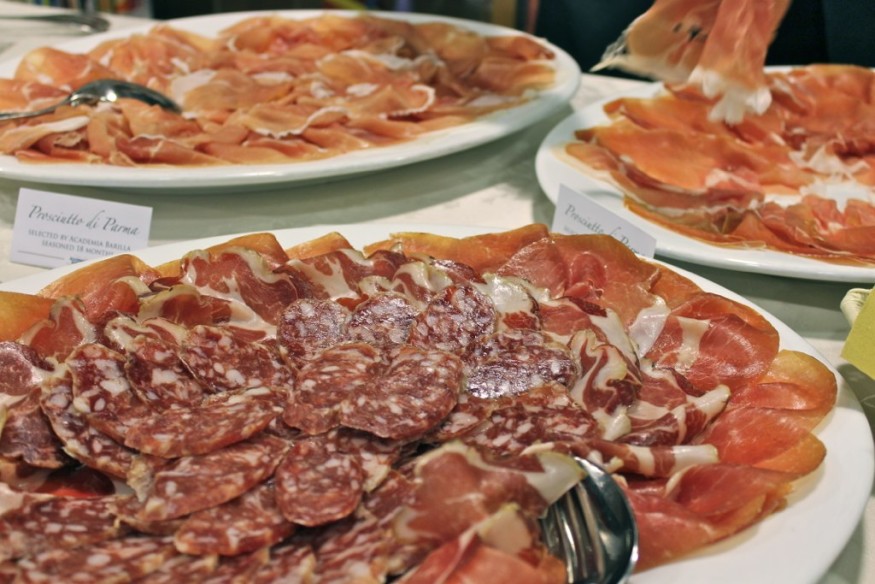
You would be hard pressed to find a crowded plaza during the siesta hours, and even more so to find a table not filled with friends and family at restaurants throughout town during dinner time. Talk to anyone in Parma, if not in all of Italy, and you will see them light up with excitement at the joy over their food. They will go on and on about the history of that particular tomato which filled your mouth with flavors and a sense of joy you only last felt sometime during your childhood. Or they will want to feed you, again and again until you unwillingly cry mercy at the over-indulging happiness.

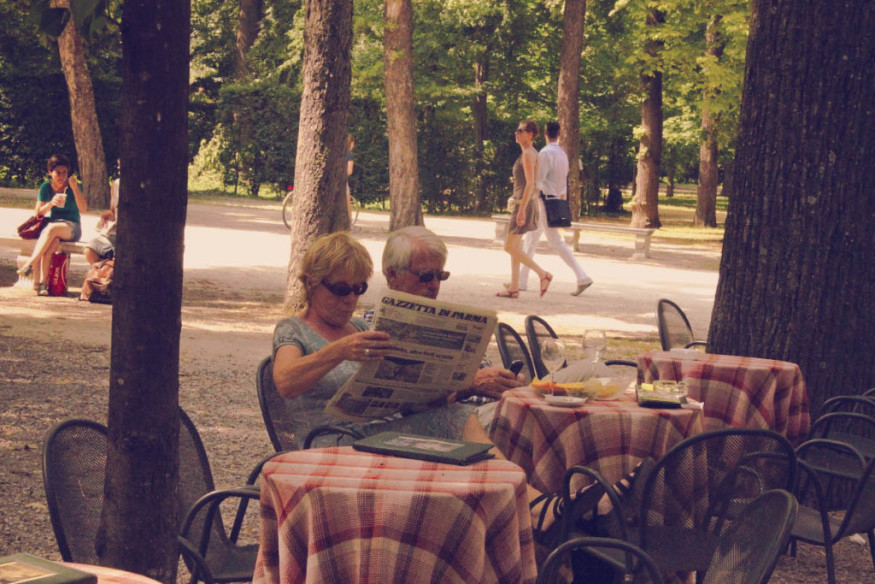
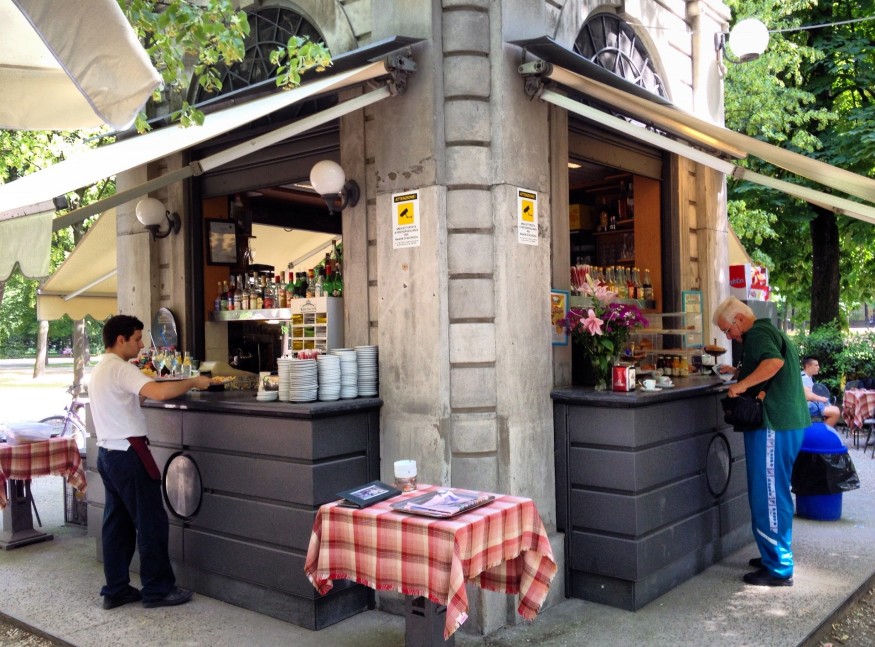
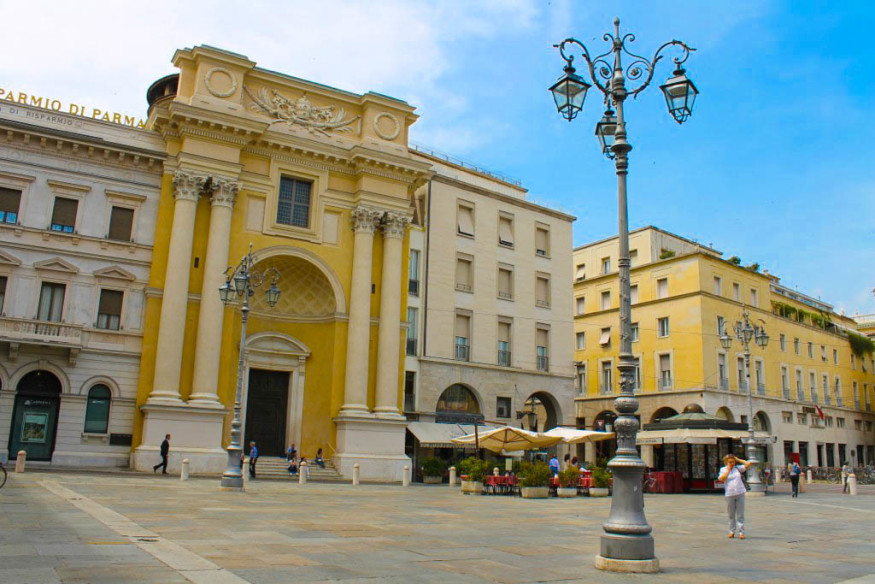
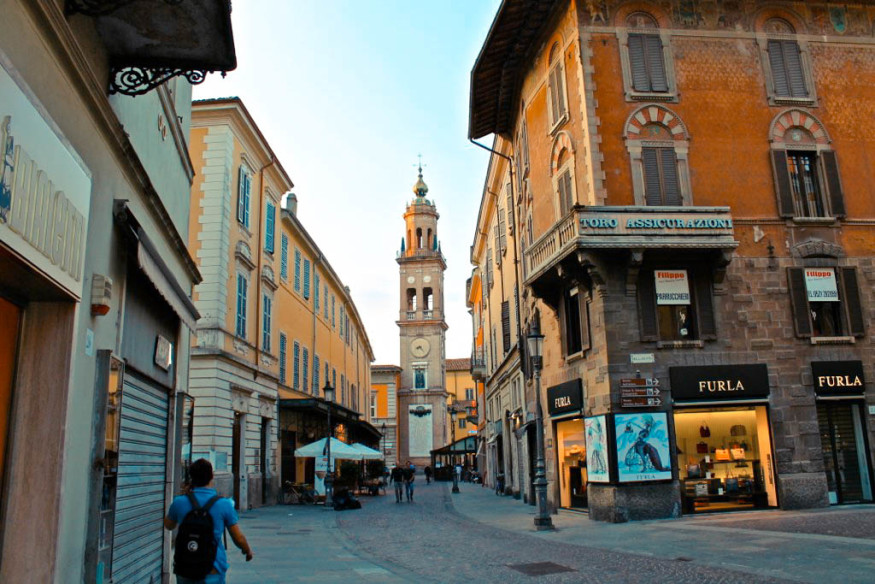
While eating at Trattoria Il Cortile one night, our host showered us with food and sweets, coming with platters filled of divine dishes ready to serve again. The slightest hesitation to say “no more” and you would find your plate replenished with food, your glass filled with wine.
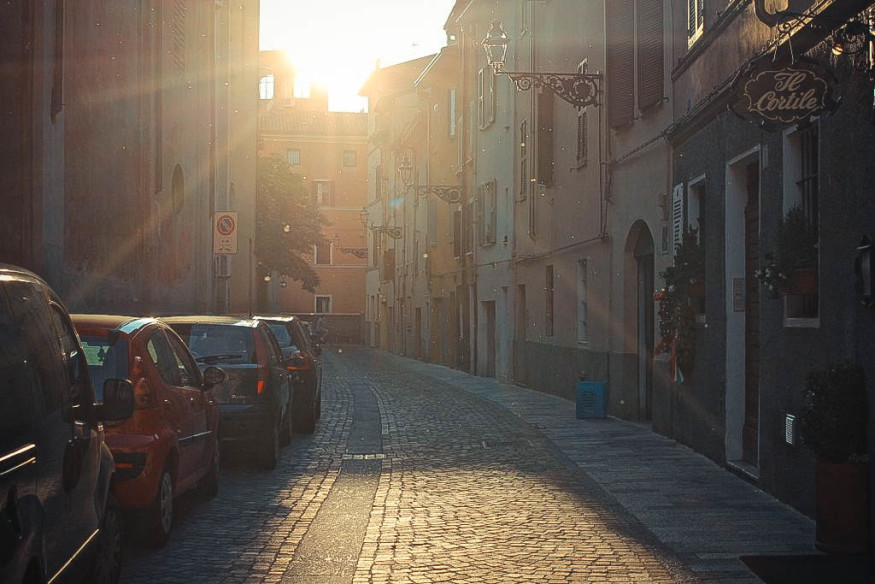
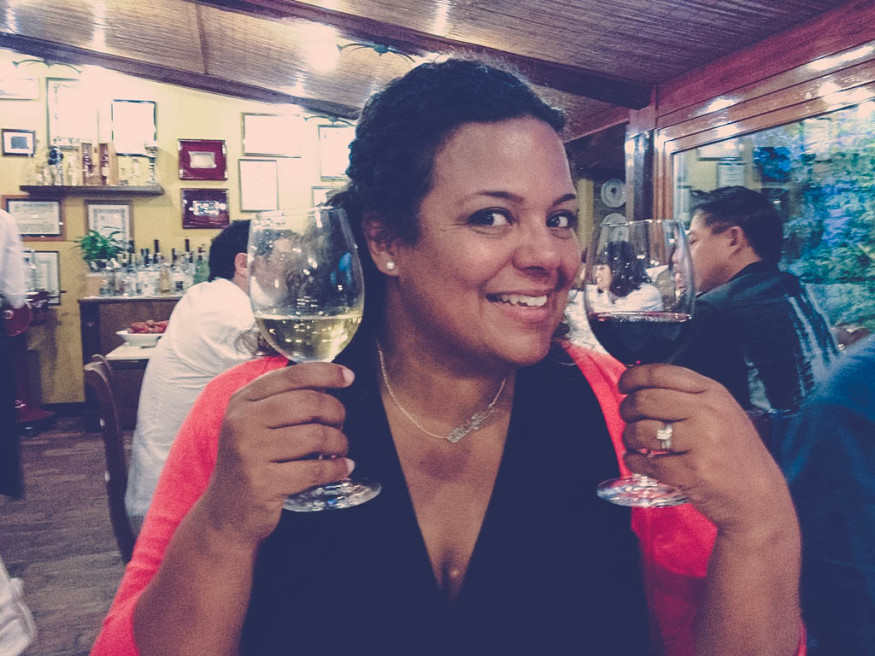
There is no denying that circumstances such as the economy and politics as well as external social influences have affected areas of this country I so love – but the core of who they are as a people, as a culture remains strong and it consumed me in every way.
I was inspired by Chefs Mario, Roberto, and Lorenzo while mixing recipes under their guidance in the Academia kitchen, all while they shared the history and culture of pasta making, not simply as a business but also in how it represents what being Italian means.
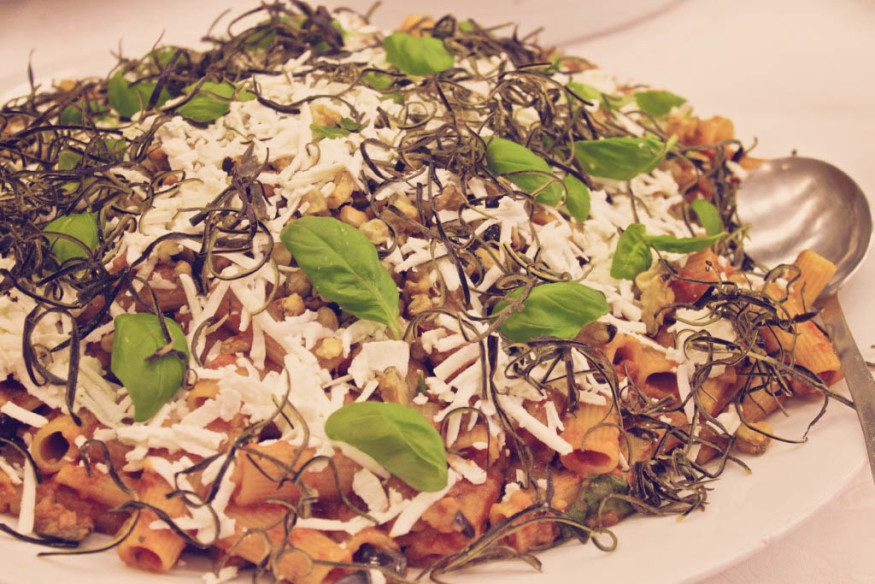
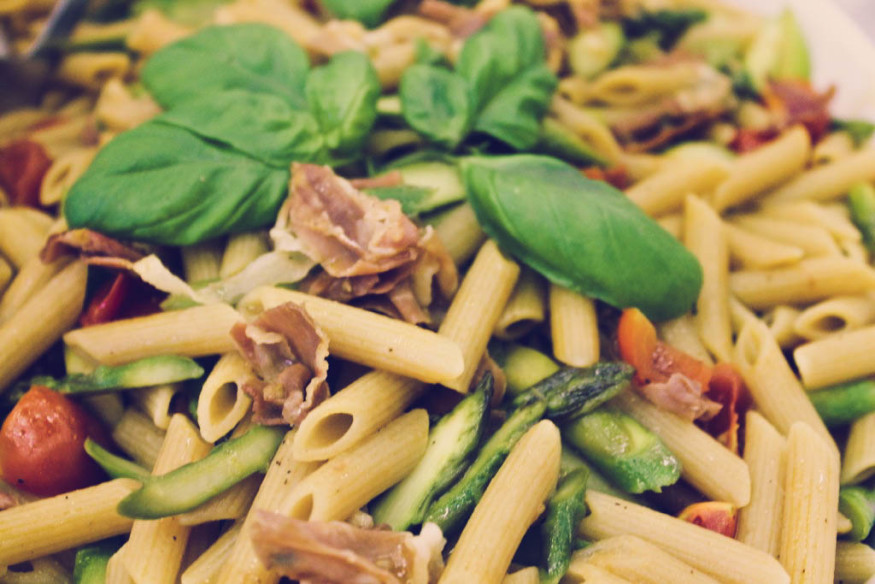

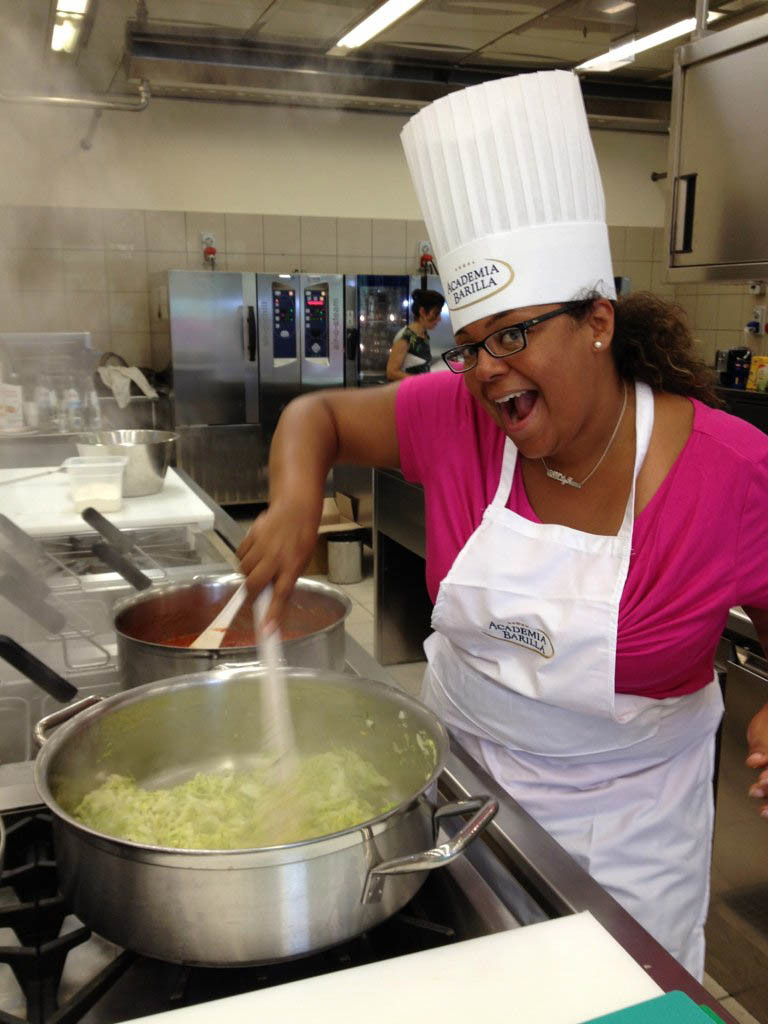
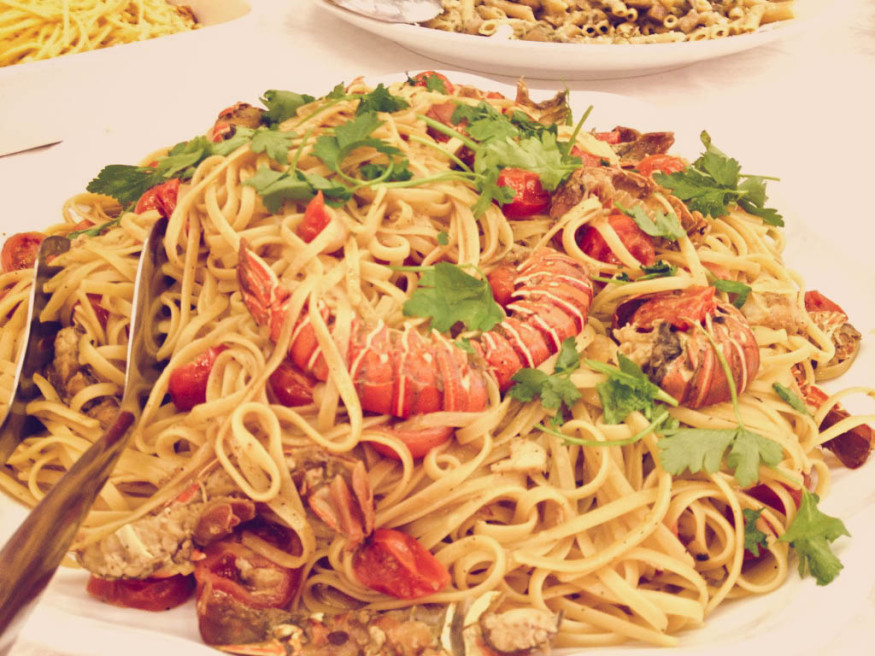
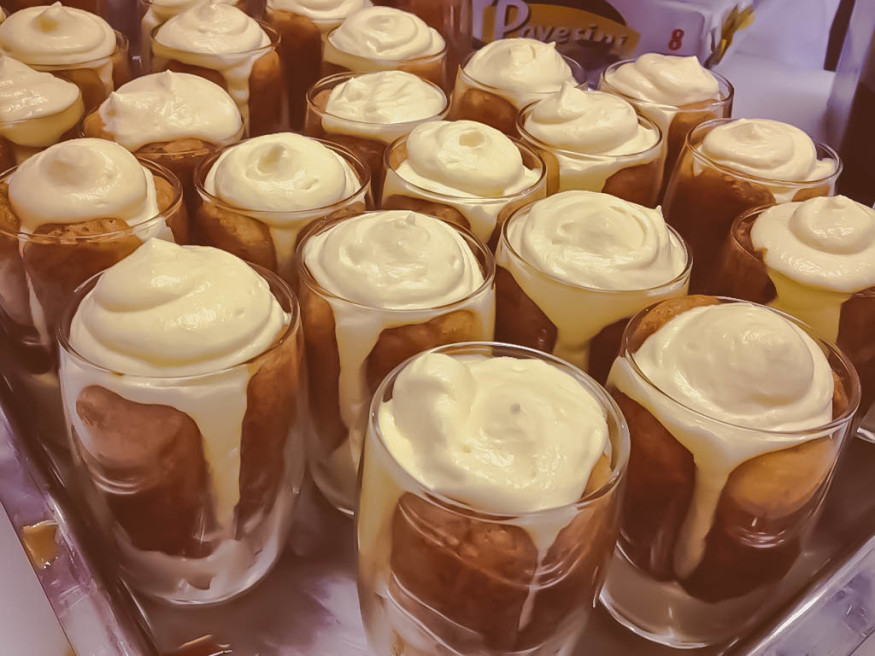
I met the parmagiano-reggiano maker at the La Traversetolese factory as he gave me a tour and explained that despite the many challenges of a business such as his, he would never consider doing anything else – such is his love for his product and the cultural history it holds.
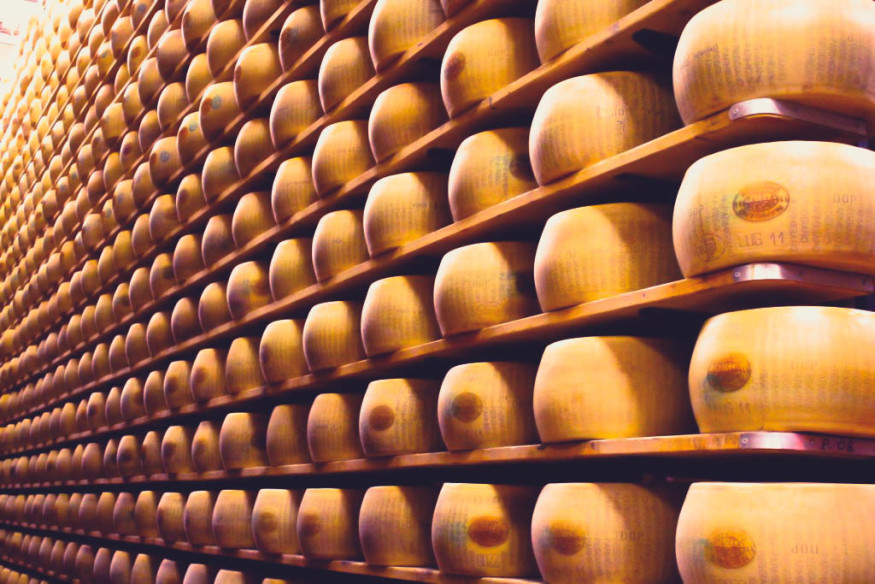
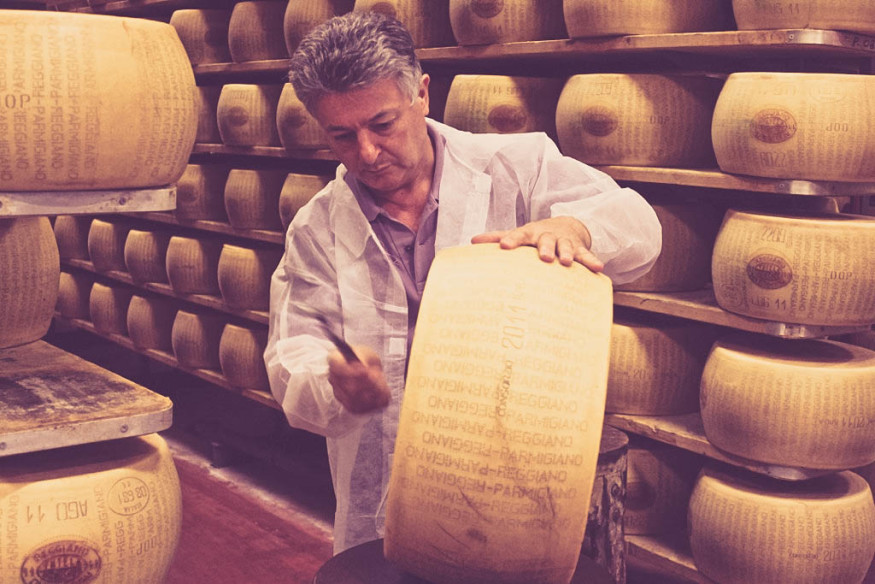
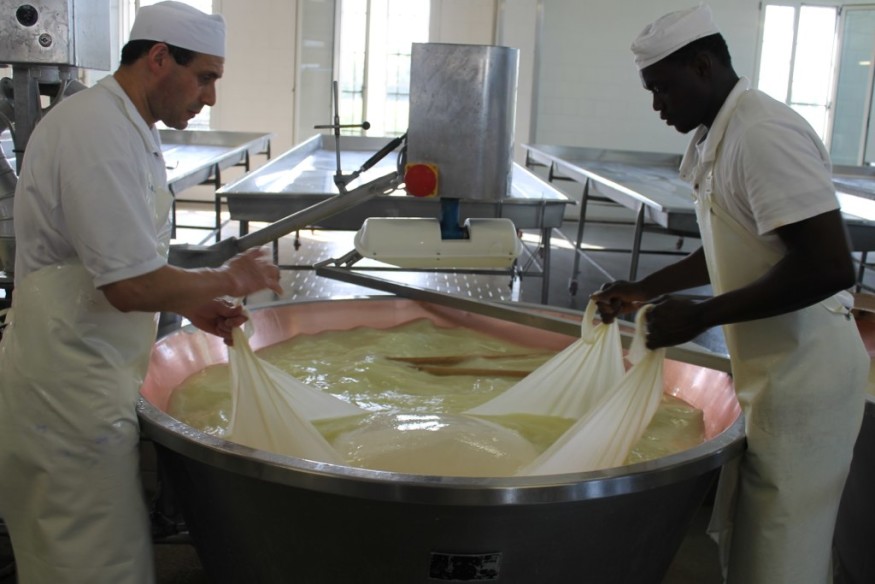
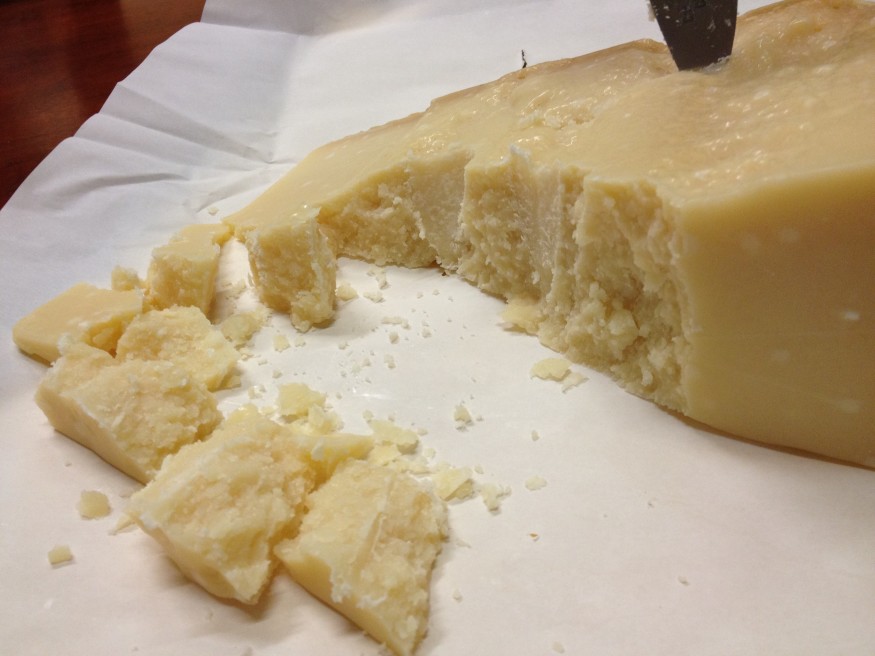
Being surrounded by such a strong food culture did more than just keep my belly full and happy. It reinforced my belief that one should stop and take the time to come together as a family. To slow down to connect and share our moments and our stories. To remember the value there is in coming together at the table while sharing food, even if just once a day. There’s something really meaningful to this practice, one we as Americans have forgotten.
My flight companion, Carmela, shared her experience as she observed the family who hosted her exchange student daughter during a visit to Minnesota. “While in America, I watched the family who hosted us. They own two restaurants, pizza shops actually, though none are Italian. At night they would come home late, exhausted from their work, but they would proudly exclaim ‘We work so hard! We labored for so long!’ They would fill their large refrigerator with food, more food than any one family can ever possibly eat and they would waste half as much in the end. They would cook it, proud of their ability to have so much, but they would eat alone – some in front of the television, others in their room, another in the office. And for all this, and all they achieved, the warmth of the family was never present. So I wondered, what is it all for?”
Carmela’s word stuck with me throughout my entire time in Italy and since my return.
What is it all for? What is it all worth if not for the time spent with the ones we love. Nothing brings us together better than food. In my house, my chaotic bliss as I call it, meal time is a noisy occasion, full of laughter and story-telling. It’s messy at times, our small kitchen crowded and busy. But it’s what life is all about, right? We look forward to those moments.
Where to stay and how to get to Parma
The commute to Milan from Parma via metro is about an hour on the express train. There is also a local train, meaning it makes more stops and can take longer.
I stayed at the Grand Hotel de la Ville, where I saw both International celebrities (Hugh Grant) and national ones (Italy’s national soccer team). My room was big enough for four (with two double beds – when traveling as a couple make sure to specifically ask a “matrimonial bed”), with continental breakfast served in the morning for guests. The hotel is located in the center of Parma, and its immediate surrounding area has English-speaking business owners, though this gets trickier as your branch out a few blocks further away from the hotel.
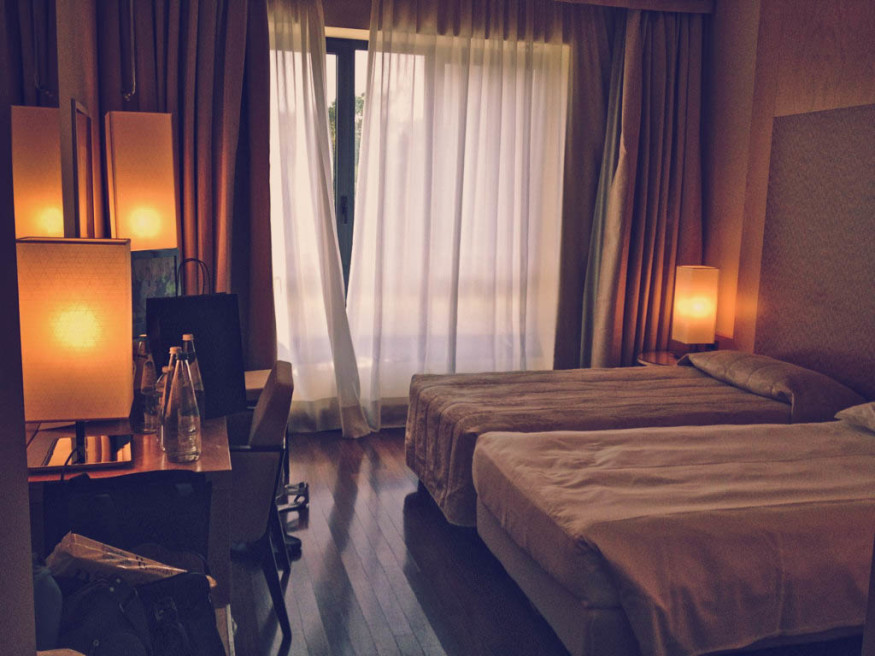
Shops abound, though can be more expensive than in others areas not so highly frequented by tourists. Mid-day to late afternoon is siesta time (till about 3:30), and most shops are closed, though cafes and restaurants are open. But, even if you can’t shop, there’s still plenty to see and explore.
Parma has a lot of churches to visit, though most ask that tourist not enter while service is in progress. There are also museums and wonderful historic architecture to admire during your walks.
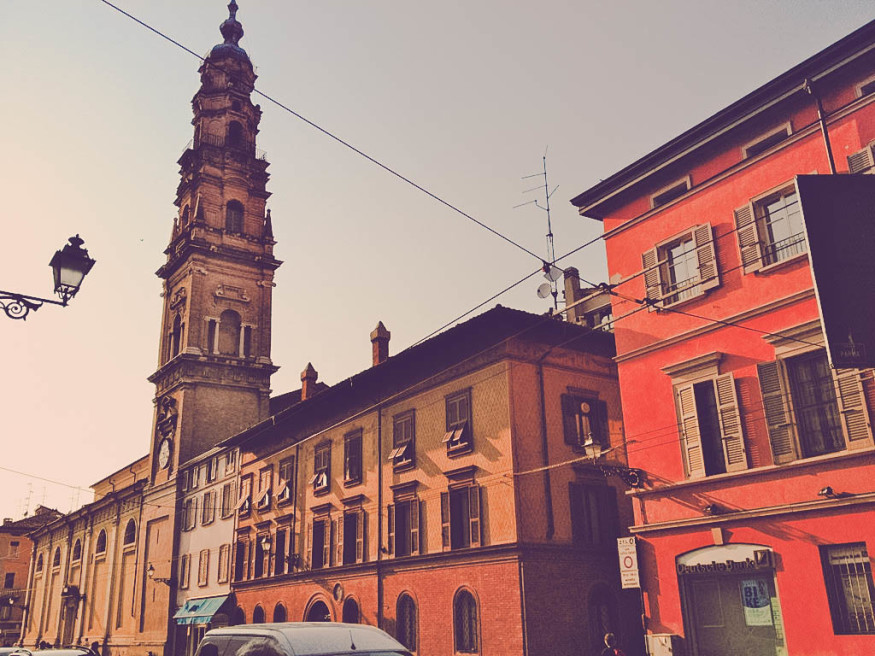
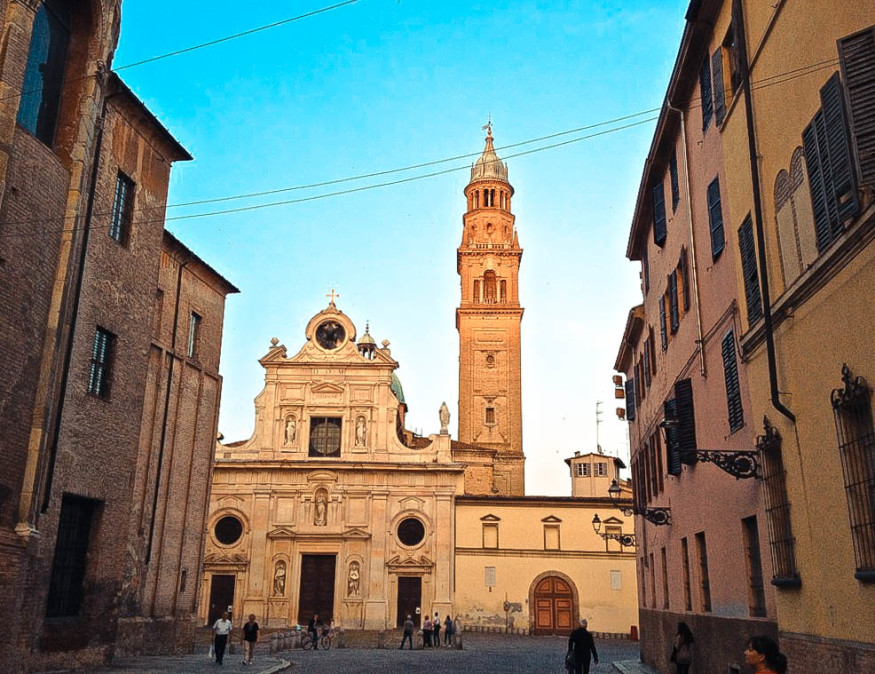
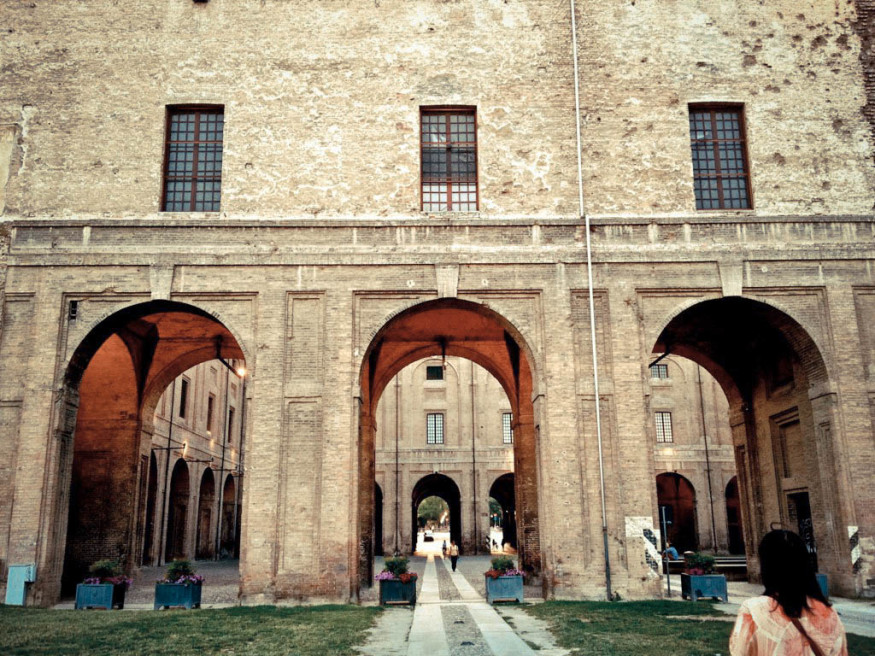
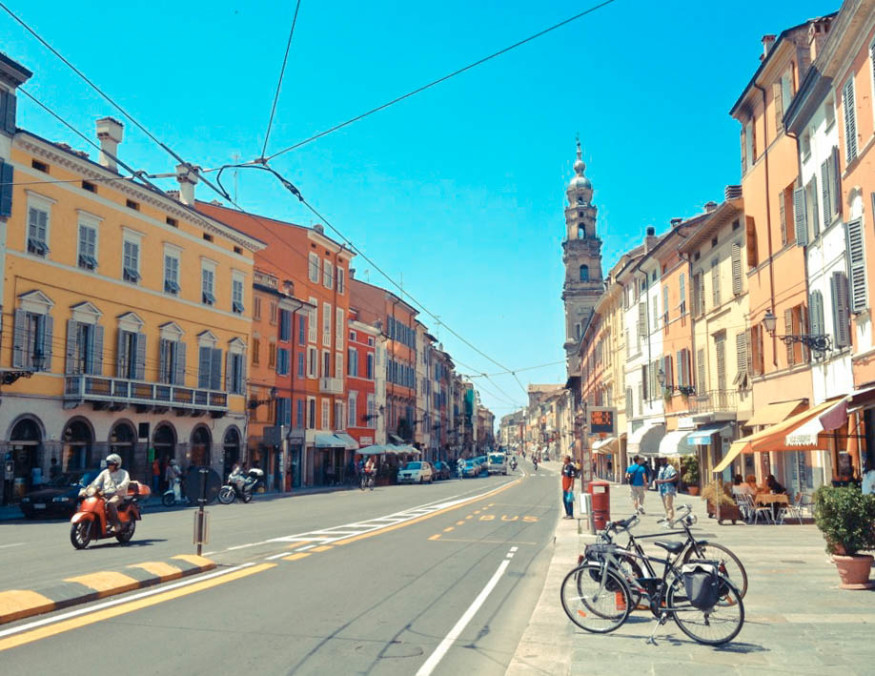
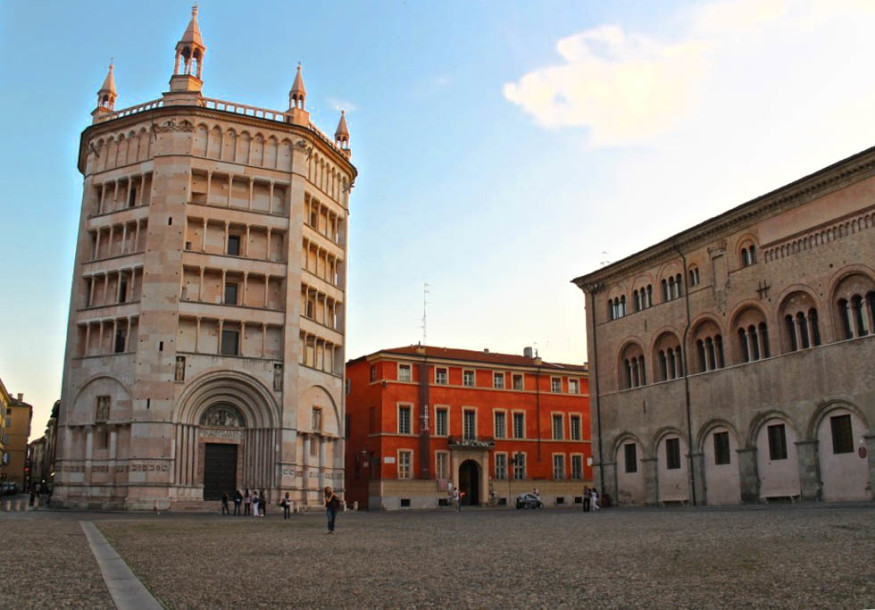

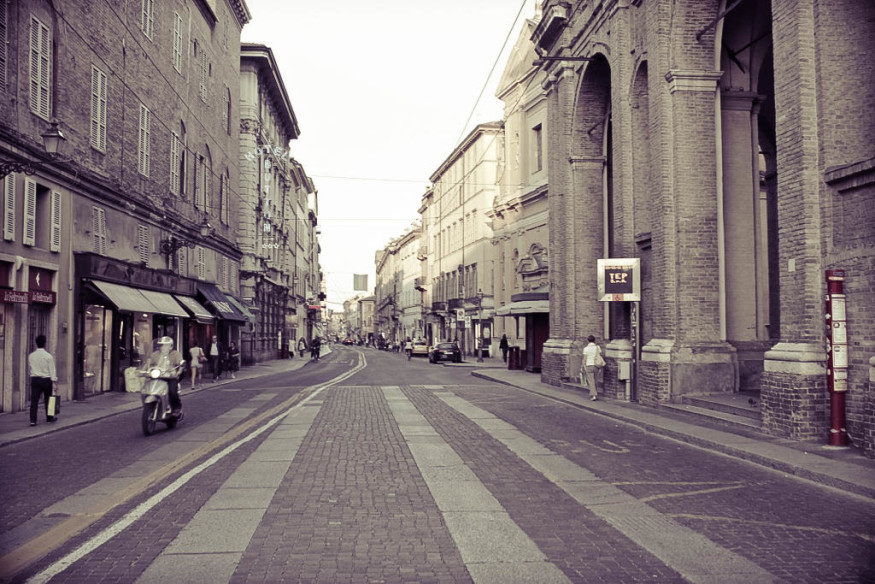
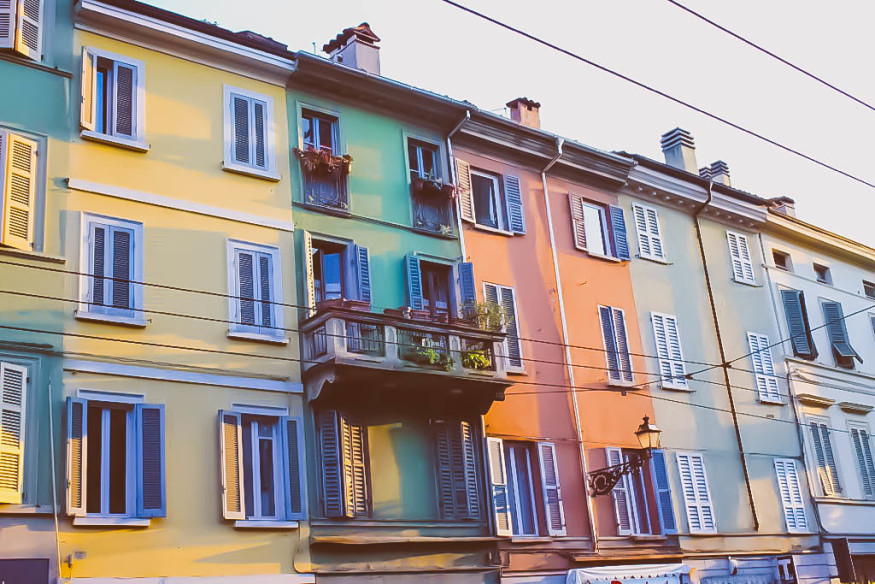
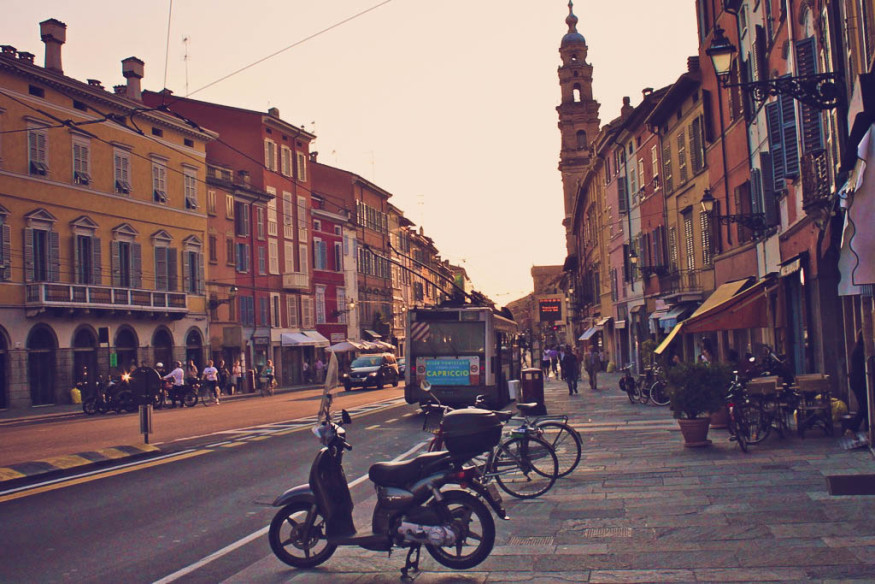
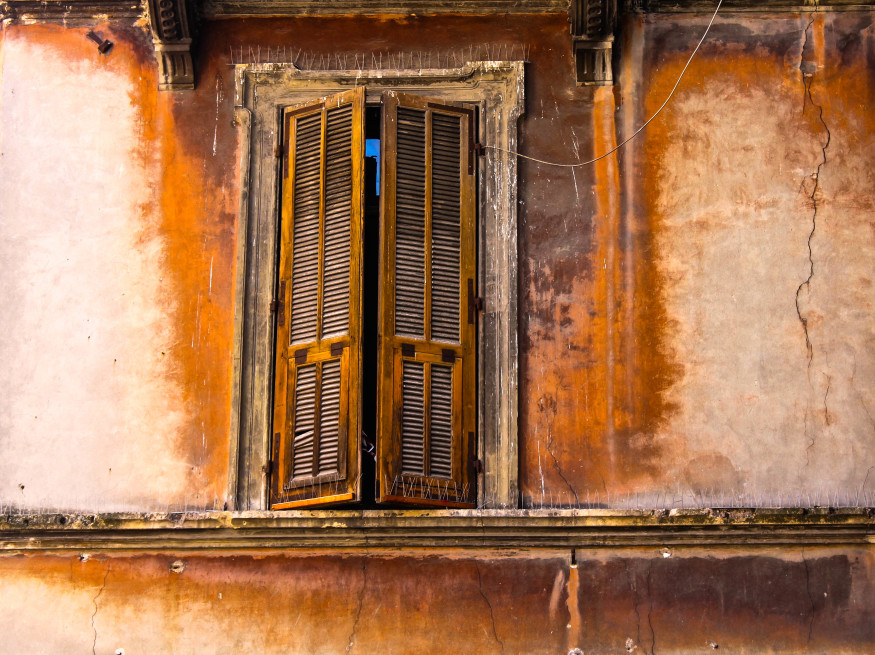
The area is safe to walk, even at night, though it best to use a map, as the small, winding streets can get confusing.
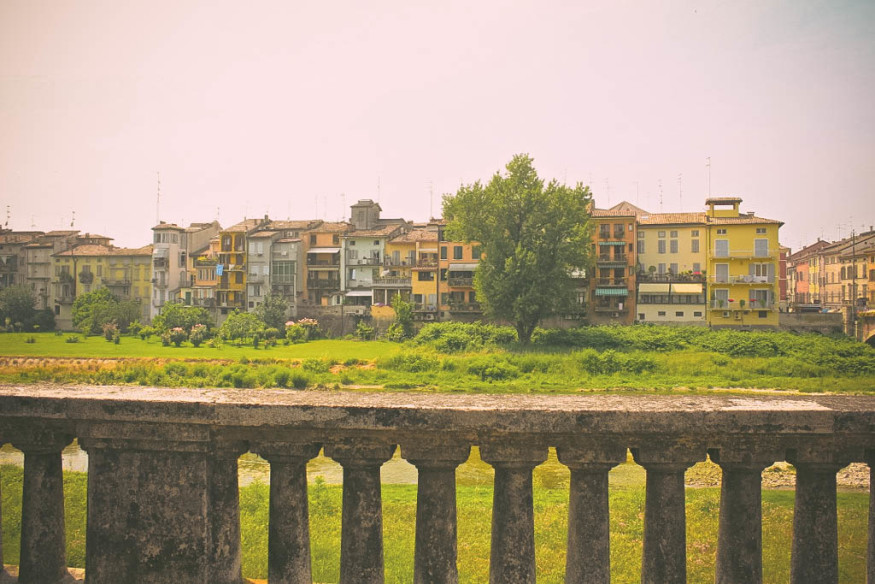

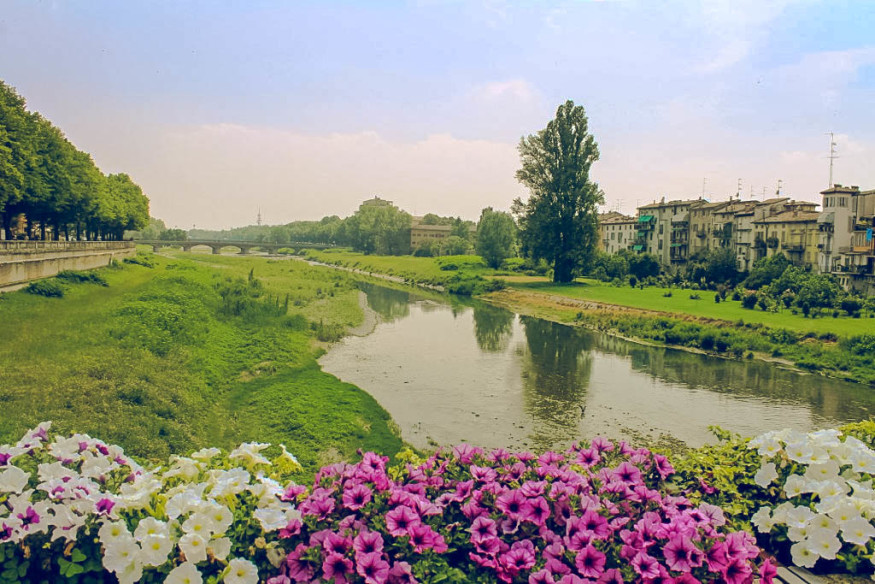
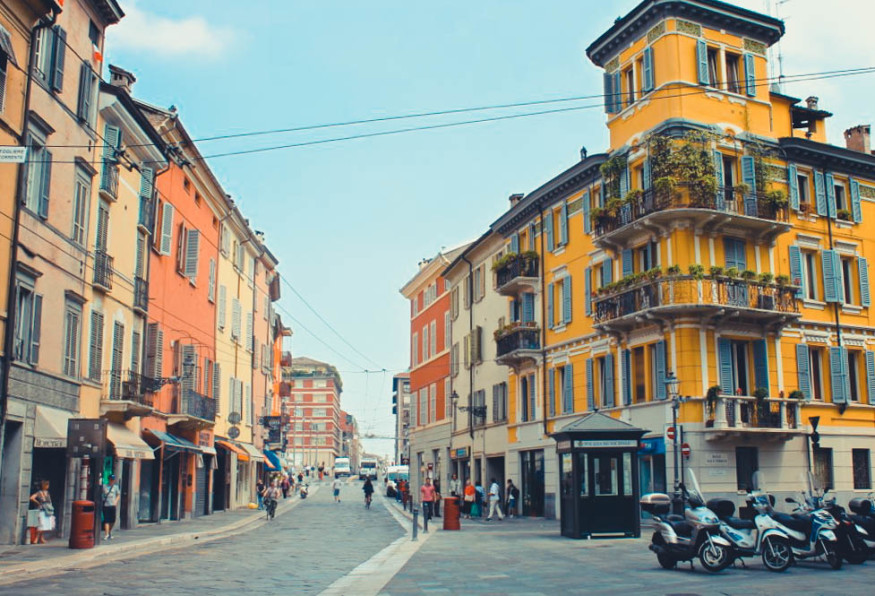
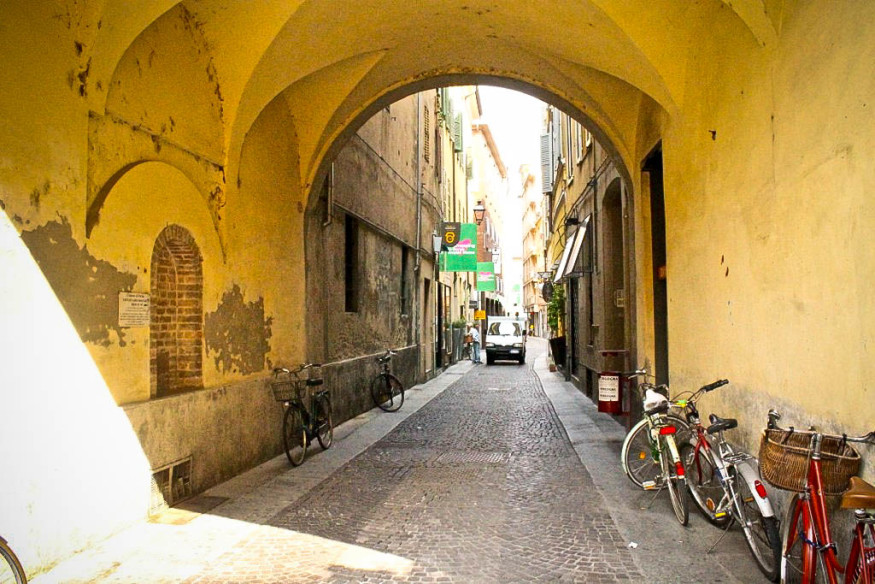
The Ducal Park, which dates back to the 16th century, is a wonderful place to spend an afternoon and even sit and enjoy a glass of wine while people watching.
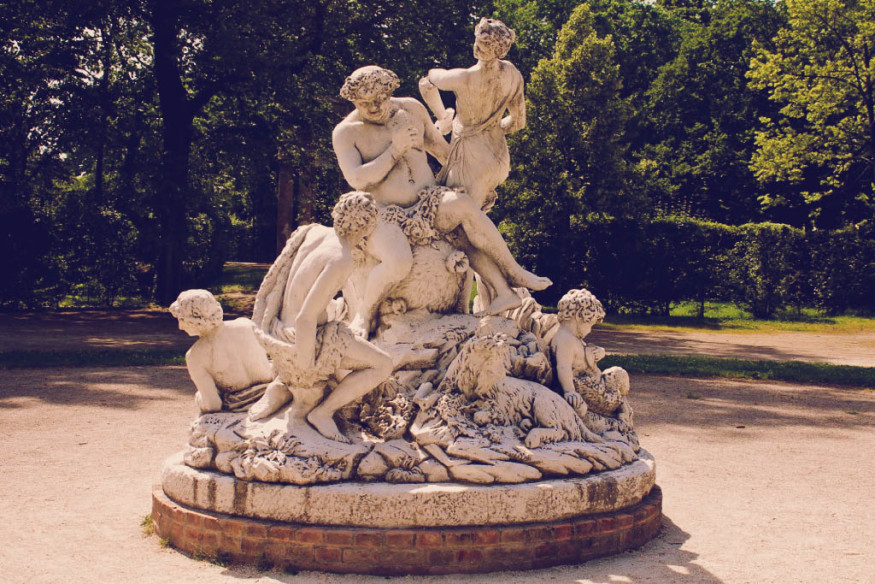
 I loved walking into food shops and through markets which can easily be found happening in town.
I loved walking into food shops and through markets which can easily be found happening in town.
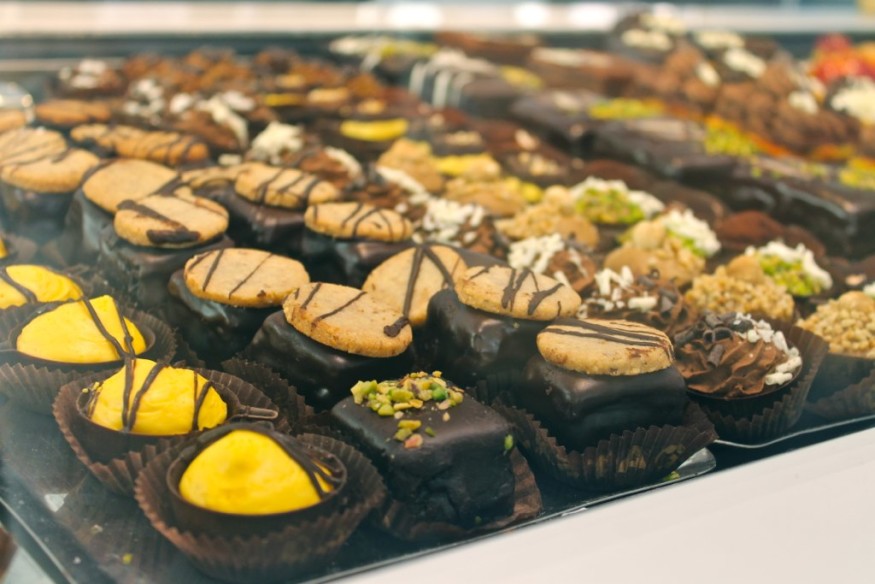
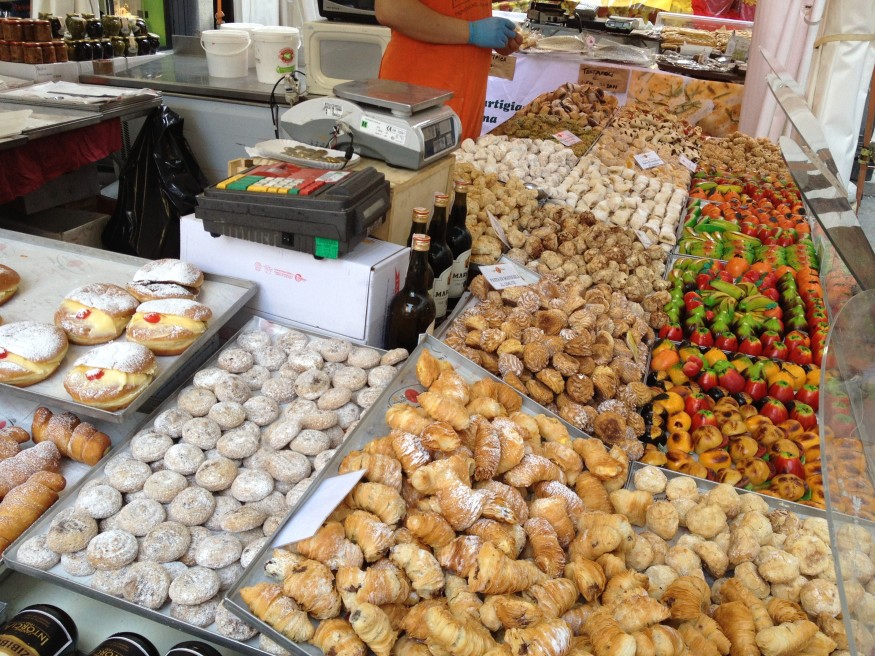
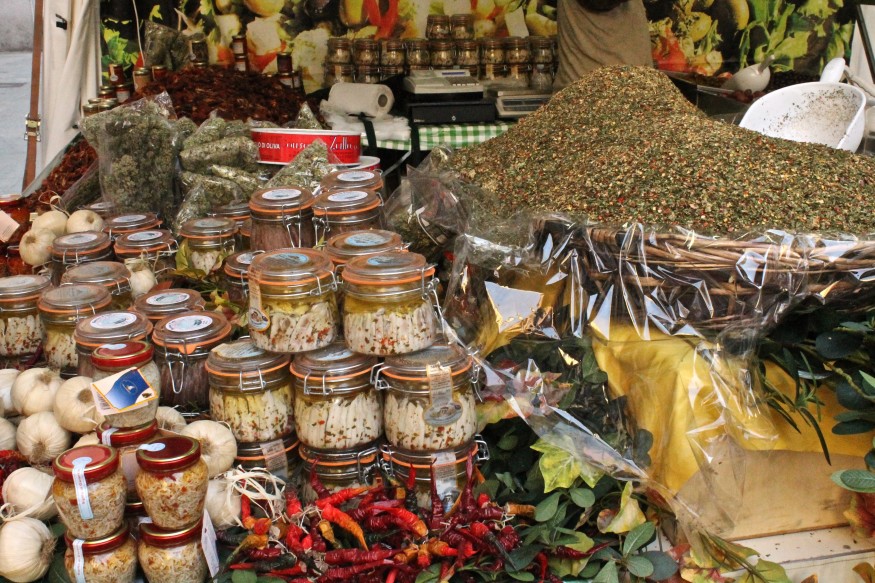
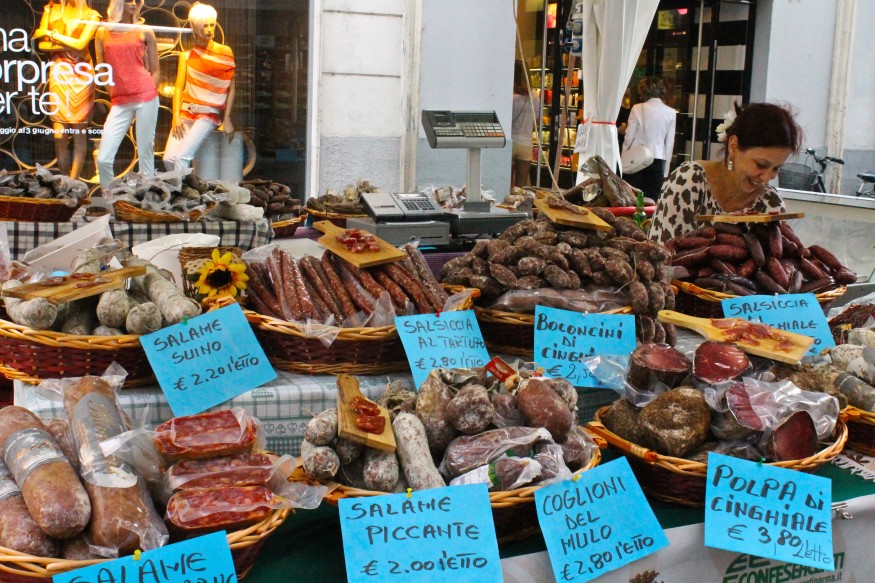
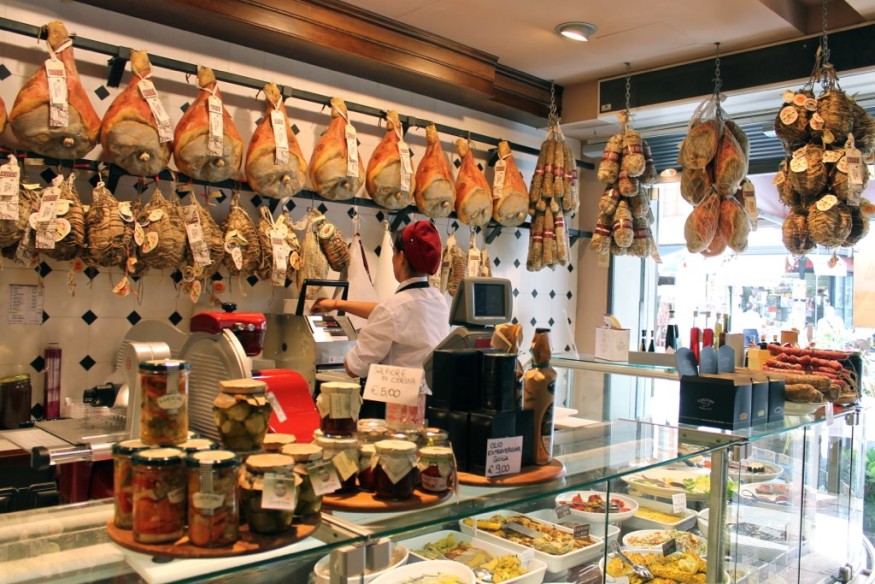
The people of Parma are friendly and helpful, even to those who don’t speak the language, and there are endless spots to grab an espresso, a good meal, or simply a gelato.

This family friendly destination is also very bike friendly and easy to navigate by foot, so unless you are planning to drive to different regions of Italy, a car isn’t necessary to explore around this lovely city. All you need is a sense of adventure, a love for food, and a hearty appetite.
Photography property of Girl Gone Travel® and may not be used without direct permission from the publisher.
Special thanks to Academia Barilla and their partners.

